Ferrari's Impossible Le Mans
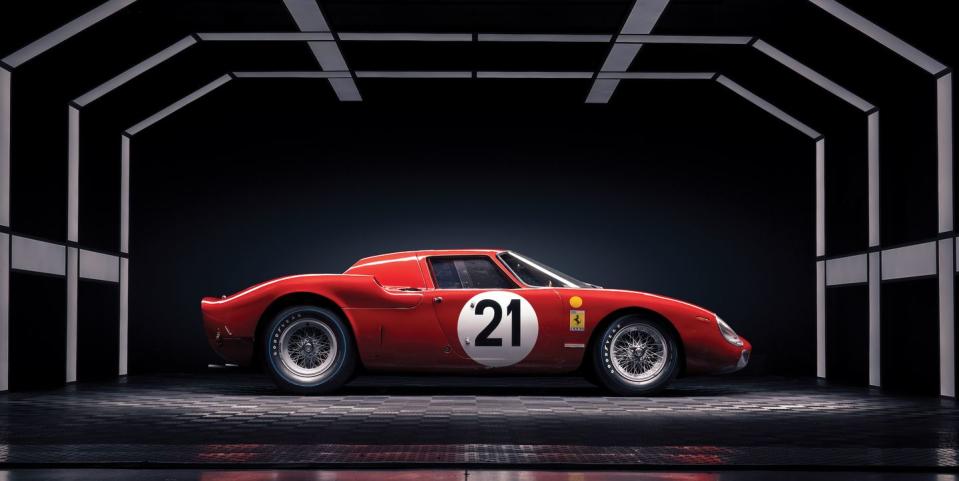
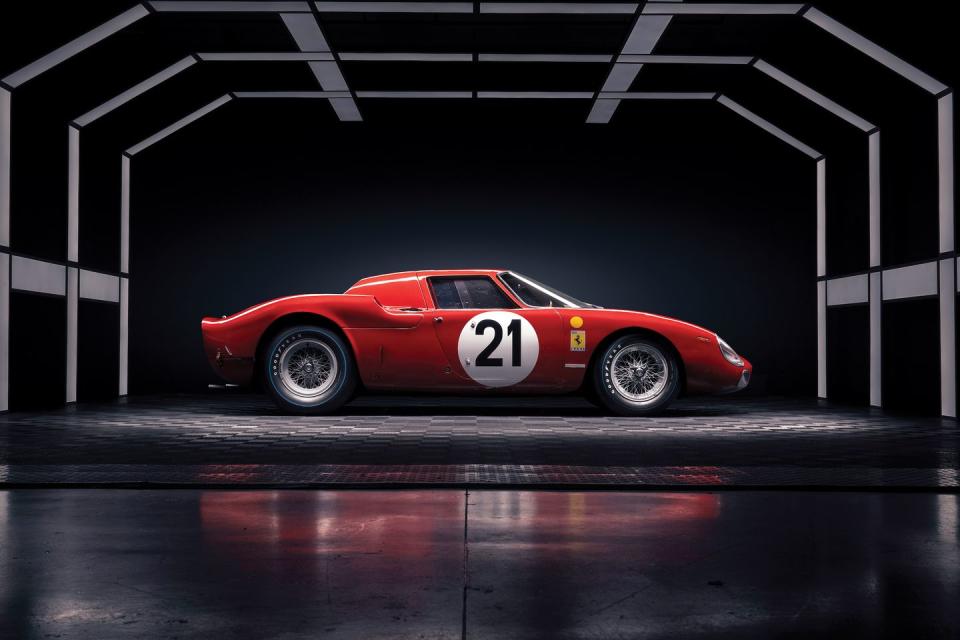
Luigi Chinetti’s Ferrari 250 LM came to the 1965 24 Hours of Le Mans stinking of also-ran. The 250 LM was pretty, but Ferrari had moved on to beasts like the 275 GTB Competizione Speciale and 330 P2. When the FIA wouldn’t classify the mid-engine 250 LM as a GT, Ferrari gave up on the tiny Berlinetta and sold off examples to customers—privateers who were background fillers in international sports-car racing. Chinetti’s 250 LM, running as a prototype, was there to lose.
This story originally appeared in Volume 16 of Road & Track.
“There were 51 starters in the Le Mans race,” wrote Denis Jenkinson for MotorSport magazine, “but to all intents and purposes, it was a straight fight between Ferrari and Ford.” It was a titanic struggle between two factories (one small, one huge) and two countries (one small, one huge), all obsessed with victory.
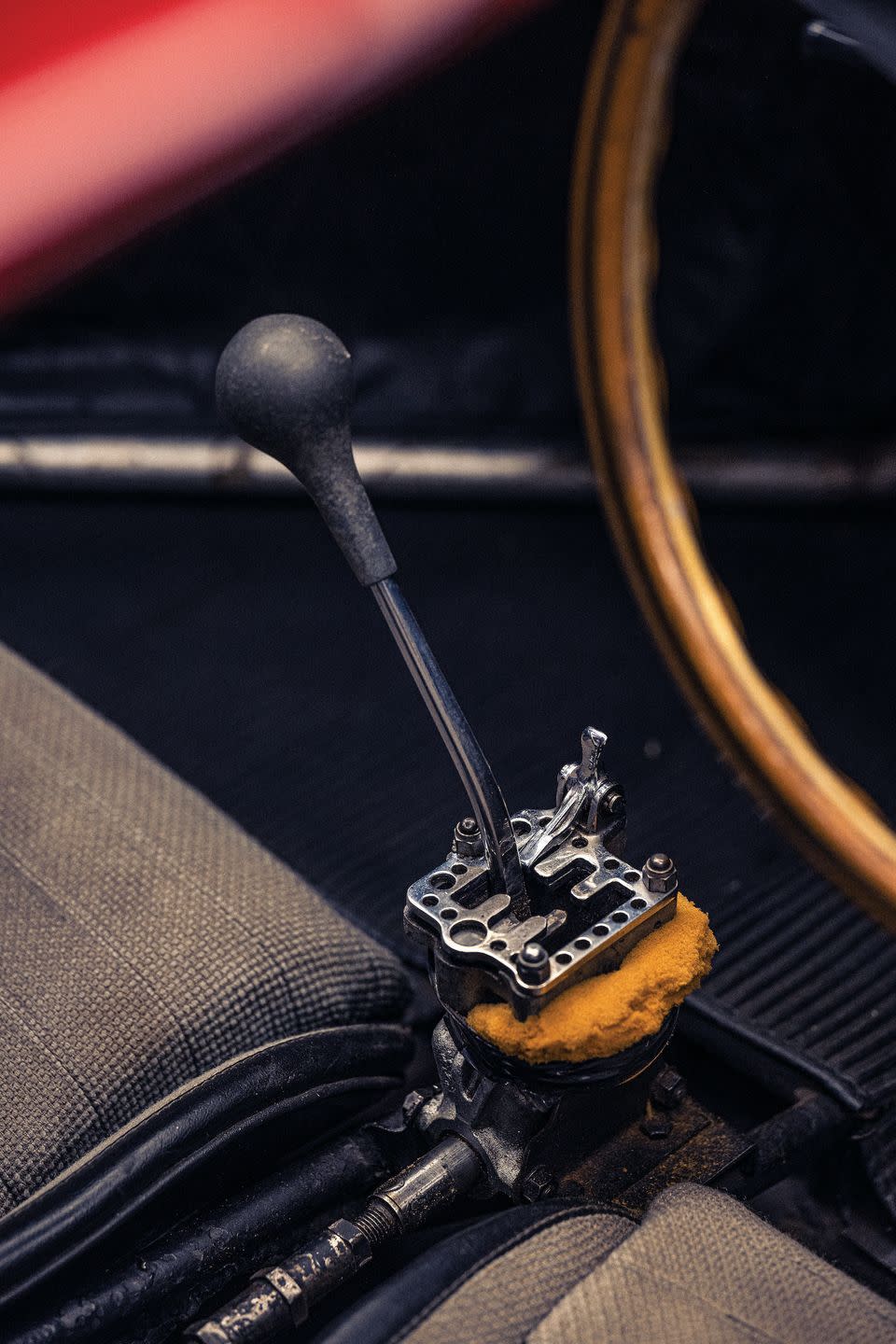
The 1965 Le Mans was the last time a Ferrari won the great race. But it wasn’t the Ferrari factory that earned the victory; it was Chinetti’s North American Racing Team (NART). And that slight distinction would further rattle Enzo Ferrari during one of his toughest years. Ferrari—the luxury brand and indomitable business it is today—emerged out of Enzo’s frustration.
Also, it pissed off Ford.
Even before the 1965 race, things were haywire. During practice in April, Lloyd Casner died after being thrown from his Maserati Tipo 151/3. Practice on June 16 was canceled because of high winds. Early on the day of the race, June 19, a truck carrying concession supplies collided with a car outside the circuit. Five died in the fiery crash. Far less tragically, ABC Sports was going to broadcast the race’s start live to America over the miracle of the “Early Bird” satellite, but a ground-station failure thwarted that. Nothing went as expected. Except that the cars were fast.
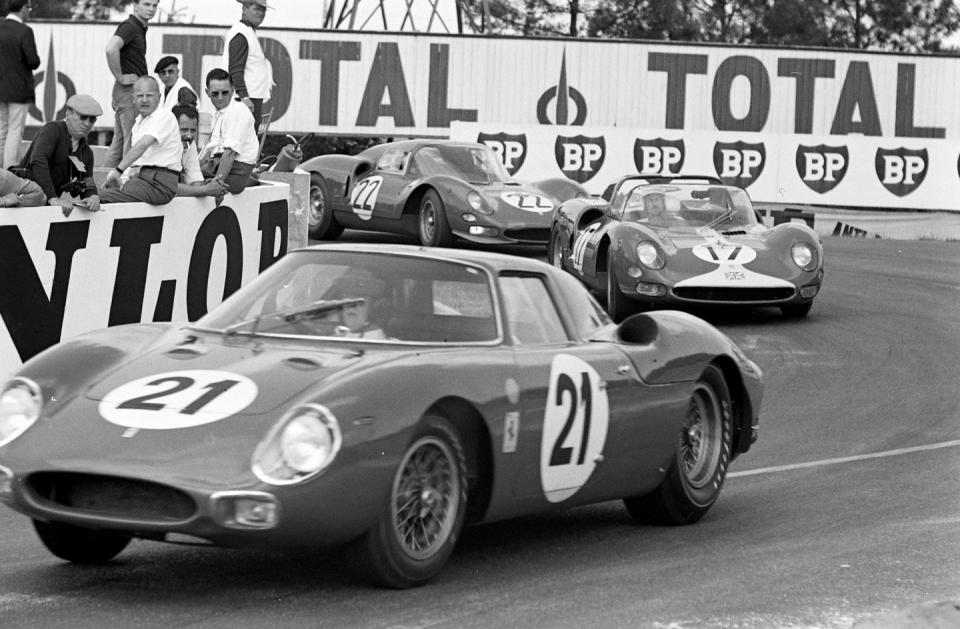
“The first 17 cars in line for the Le Mans start were either Ferrari or Ford, the slowest one lapping at 126.154 mph, and their numbers were almost exactly split,” explained Road & Track’s Henry Manney. “Five prototypes for Ferrari plus lots of LMs and one GTB, six Ford GTs and a hiss of Cobras for the great Dearborn firm. Ferrari had the inestimable advantage of its sharp-eared corps of racing mechanics plus drivers who were Ferrari drivers; Ford brought an army of 50 people plus enthusiastic and stellar talent like P. Hill, McLaren, Amon, Whitmore, Bucknum, et al. . . . Ferrari was calm, Ford was jittery.”
The quickest car was Chris Amon and Phil Hill’s Shelby-prepared Ford GT Mk II. Powered by a 485-hp 7.0-liter V-8 based on those used in NASCAR’s 3700-pound Galaxies, the 2800-pound Mk II walloped down the Mulsanne at over 300 km/h. Close enough to 200 mph. In practice, the Mk II ran the 8.36-mile course in 3 minutes, 33 seconds—nine seconds quicker than 1964’s best practice time. That’s an average of 141.37 mph and five seconds quicker than the 4.0-liter V-12–powered Ferrari 330 P2 driven by John Surtees and Ludovico Scarfiotti. Three Ford GTs and the Surtees Ferrari all hit at least 300 km/h on the Mulsanne.
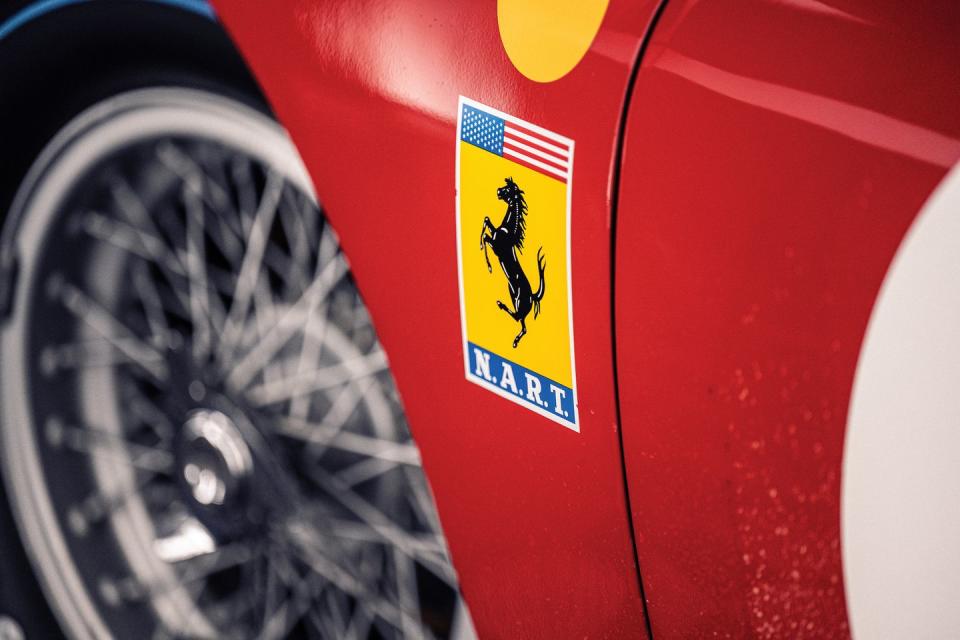
Meanwhile, the NART 250 LM was the quickest of its type. With Formula 1 pilot and crazed German 23-year-old Jochen Rindt driving, it qualified 11th with a 3:45.7 lap time. That was quicker than Ford of France’s open-cockpit 4.7-liter GT40, all the Cobra coupes, and the four other 250 LMs campaigned by the Belgian Ecurie Francorchamps, Italians Maranello Concessionaires, Scuderia Filipinetti, and Frenchman Pierre Dumay. Rindt’s co-driver was Masten Gregory, a 33-year-old American who wore thick, black-rimmed glasses to counter his lousy eyesight.
NART had also entered a 365 P2 Spyder for Pedro Rodríguez and Nino Vaccarella. It qualified sixth, making it the NART machine likely to finish best.
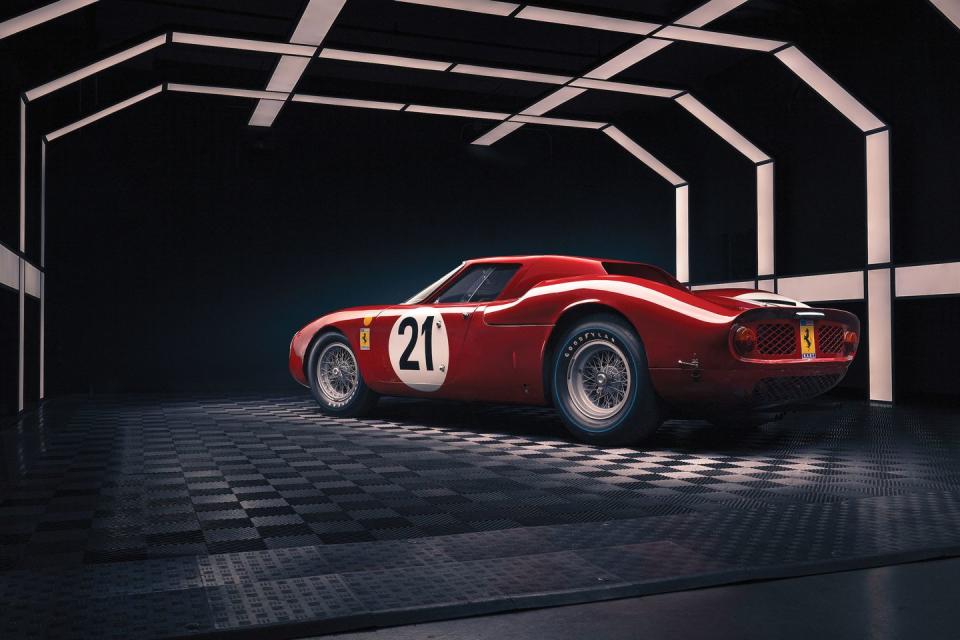
Jo Siffert’s Maserati Tipo 65 blasted to an early lead but was reeled in by the Fords and Ferraris. By the end of the first lap, Bruce McLaren was leading in one of the two Ford GT Mk IIs. Behind him was Amon in the other Mk II, then Surtees in the factory 330 P2. But the NART 250 LM had nothing to lose, and Rindt was so fast.
“During practice, Rindt was not comfortable with Gregory’s strategy of a conservative pace,” recalled NART team manager Ed Hugus in Robert D. Walker’s book, Cobra Pilote: The Ed Hugus Story. “Rindt’s philosophy was to run the car at the maximum limit. If the Ferrari held together, the team would have a good chance of winning. If the car developed a mechanical problem and could not go the distance, they would quickly be out of the race and Rindt could go home.”
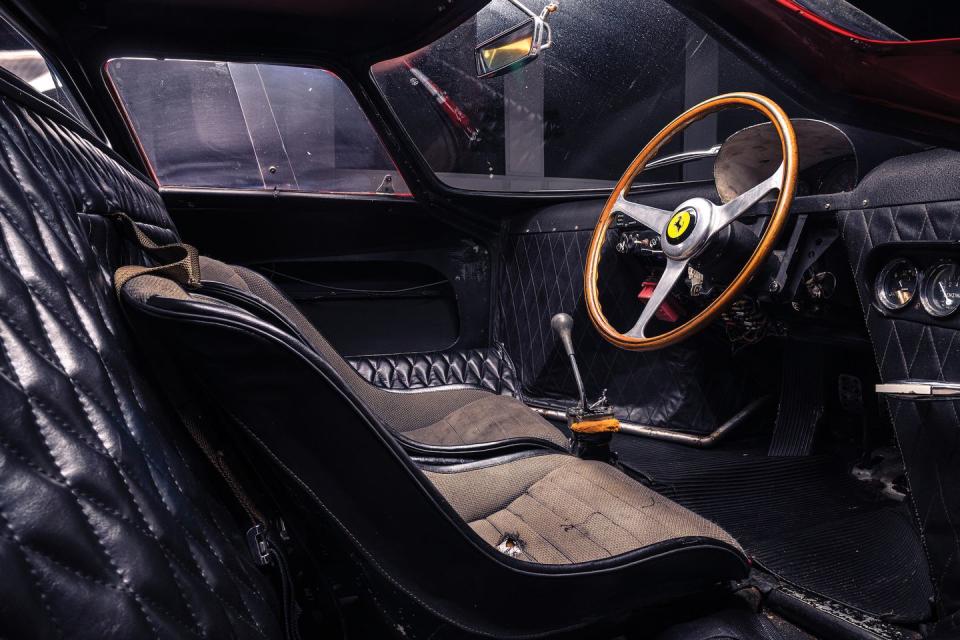
Shelby’s Mk II set a blistering pace initially, and the massive mound of money Ford spent seemed destined to pay off. Then, Ford of France’s GT40 Spyder chunked its gearbox in the second hour. “Bondurant was the second to go,” reported Manney about the Rob Walker–entered GT, “around 6 p.m. when the head lifted and let all the water out.” A few minutes later, the GT entered by Scuderia Filipinetti also blew a head gasket on its 5.3-liter small-block V-8. Shelby’s Ken Miles/Bruce McLaren Mk II ate its gearbox in the fourth hour. The Hill/Amon Mk II died of a broken clutch in the seventh.
Soon the only Ford GT coupe left was the British entry of John Whitmore and Innes Ireland, “and that was mighty ill after rising to seventh slot,” wrote Manney. “The fiber cam-follower on the contact breaker had worn itself down, possibly because nobody had remembered to lubricate it in the struggle, and the engine commenced to run very hot. Having boiled most of the water away, it was sent out to do ten gentle laps until refilling was permitted, but ten were too many. Ireland brought it in to a stinking halt at 9:30 p.m. and while gay music jangled over the loudspeaker, there it sat and sizzled itself to death. The last of the big spenders was gone.”
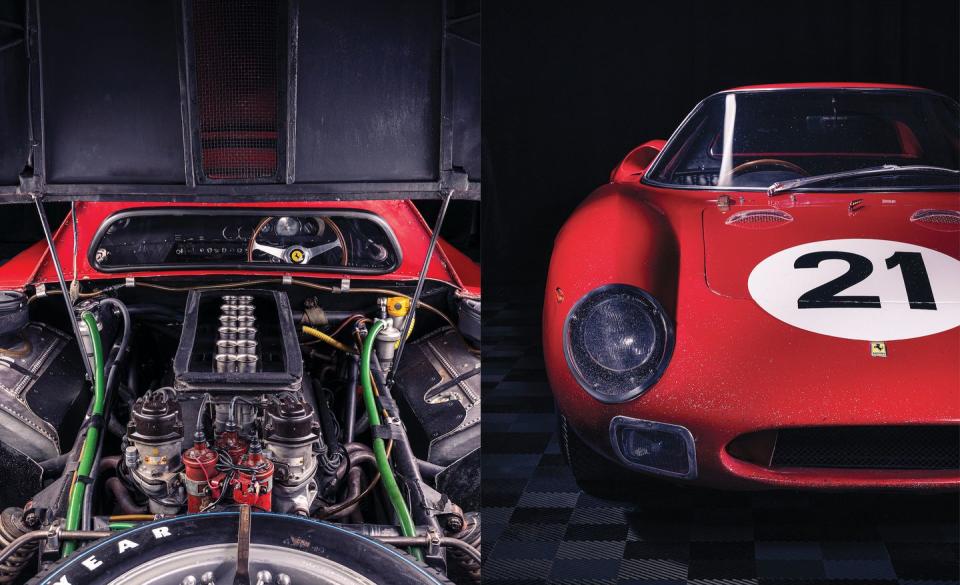
It seemed that Enzo Ferrari would, once again, have his way.
But if one person could resist Enzo, it was Luigi Chinetti. A three-time Le Mans winner as a driver, including taking Ferrari’s 166 MM to the team’s first victory in 1949, he left Italy for America when World War II broke out. The war, however, didn’t break his relationship with Enzo, and by the early Fifties, he was the sole American distributor of Ferraris. Chinetti instinctively knew what Americans wanted in a Ferrari and was the motivating force behind the brawny “America” series of Ferraris that would establish the brand in what would become its most reliably profitable market. Soon to turn 64, Chinetti was secure enough in 1965 to tell Enzo, if necessary, to go screw himself.
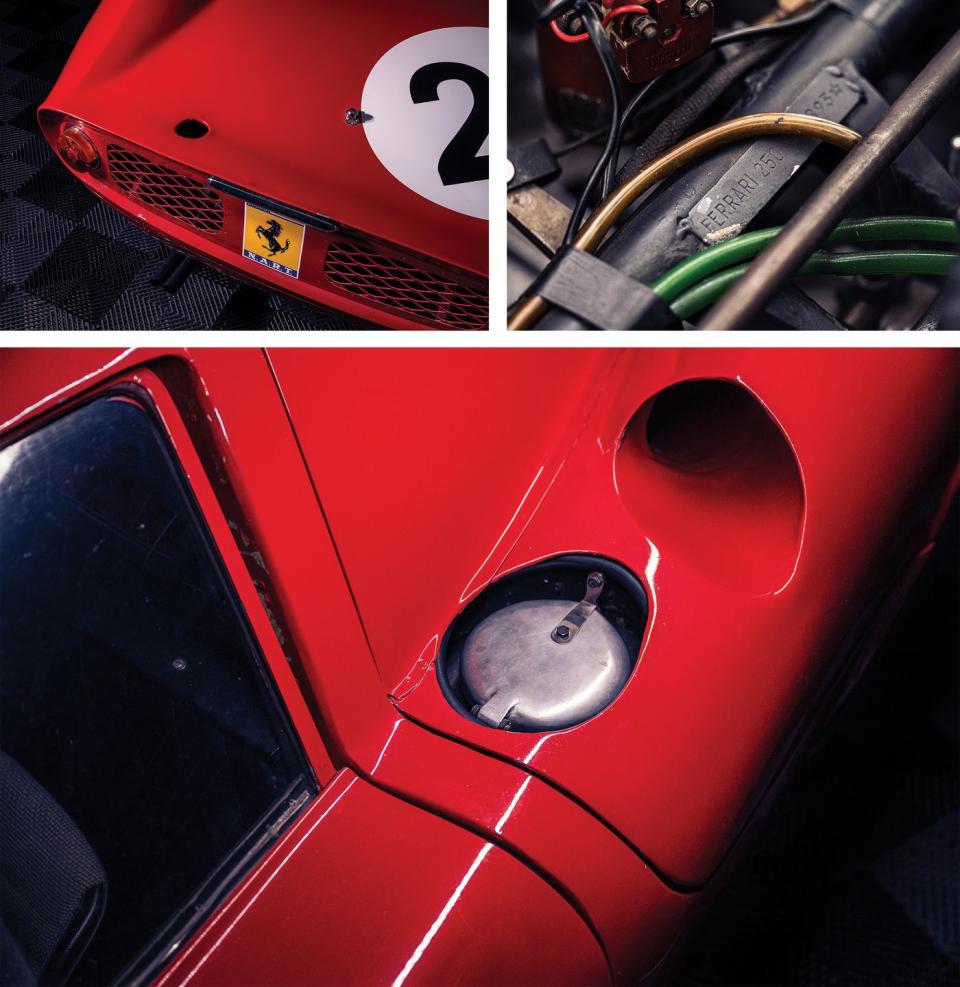

 Yahoo Autos
Yahoo Autos 